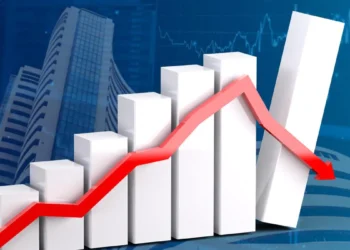The world is currently grappling with an unprecedented global debt crisis, with the total debt amounting to a staggering $315 trillion and counting. This massive debt burden encompasses borrowings from households, businesses, and governments across the globe. As global debt skyrockets to record highs, concerns about its sustainability and implications for the global economy are mounting.
Understanding the composition of global debt is crucial in comprehending the magnitude of the crisis. Household debt, which includes mortgages, credit card debt, and student loans, stood at $59.1 trillion at the beginning of 2024. Meanwhile, business debt, utilized by corporations to finance operations and expansion, reached $164.5 trillion, with the financial sector alone accounting for $70.4 trillion. On the governmental front, public debt totaled $91.4 trillion, used to fund public services and projects while avoiding immediate tax hikes.
The history of debt reveals a pattern of accumulation dating back thousands of years, often spurred by wartime expenditures and economic expansions. Since the 1950s, the world has experienced four major waves of debt accumulation, each with its unique set of triggers and consequences. The current wave, initiated in 2010 and exacerbated by the COVID-19 pandemic, has witnessed a rapid escalation of debt levels, posing significant challenges to global financial stability.
The sustainability of debt is a critical concern, as evidenced by the plight of countries like Zambia, where debt servicing consumes a substantial portion of the national budget, impeding investments in essential sectors such as education and healthcare. The debt-to-GDP ratio serves as a key metric for evaluating a country’s ability to service its debts, with higher ratios indicating greater risk of default, particularly for smaller economies.
While mature economies like Japan and the United States contribute the bulk of global debt, emerging markets face mounting debt burdens, with the debt-to-GDP ratio reaching new highs. China, India, and Mexico emerge as significant contributors to the escalating debt levels in emerging markets.
Despite the gravity of the situation, concerted efforts to address the global debt crisis are underway, including improved financial regulations and policy interventions aimed at enhancing debt sustainability. However, the specter of default looms large, highlighting the urgent need for coordinated action to avert a widespread financial meltdown.
As the world navigates through uncertain economic terrain, the resolution of the global debt crisis hinges on proactive measures to rein in unsustainable debt levels, foster economic growth, and promote financial stability on a global scale. Only through collaborative efforts and prudent financial management can the world emerge from the shadow of the looming debt crisis and build a more resilient and prosperous future for all.











